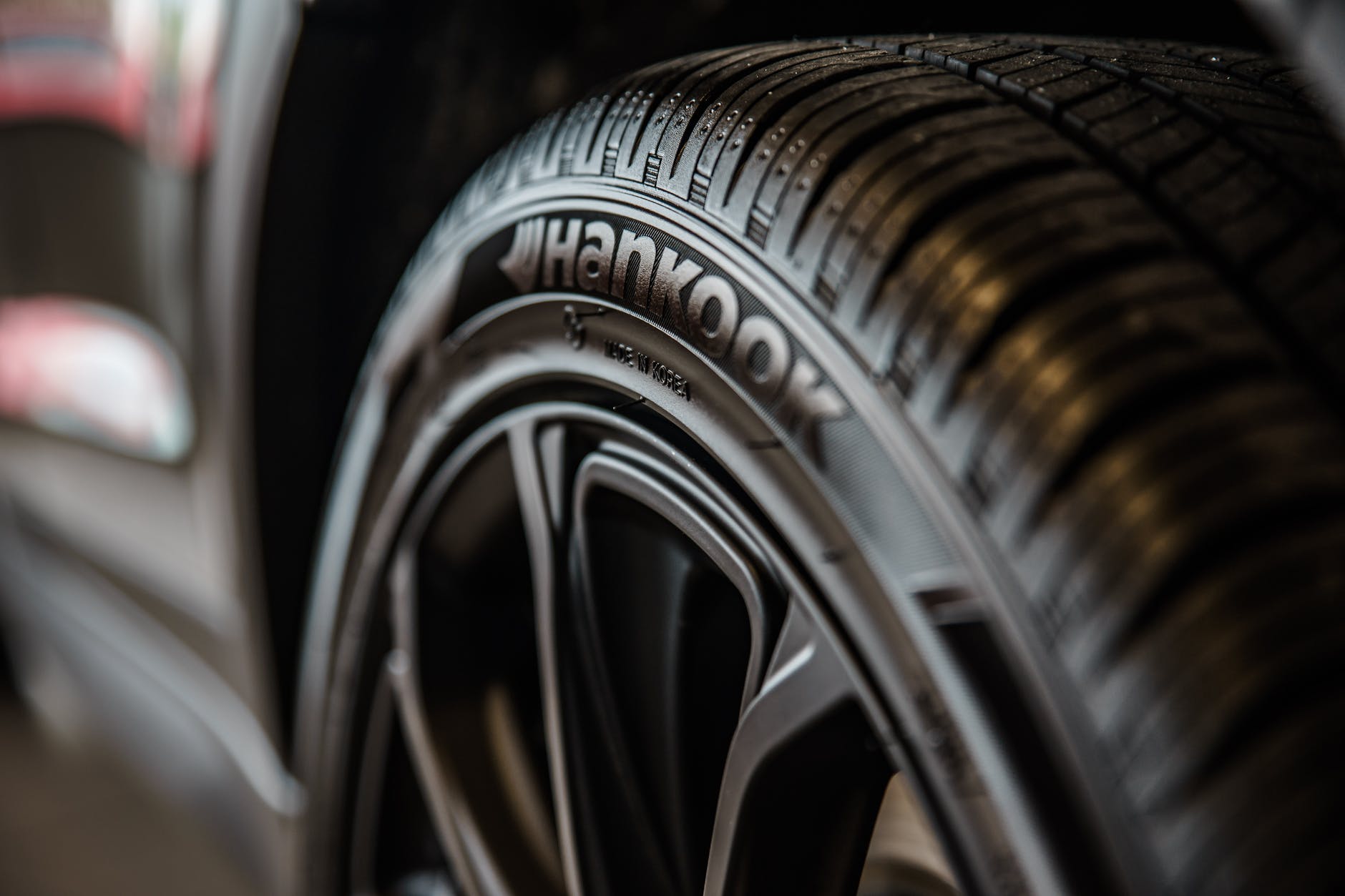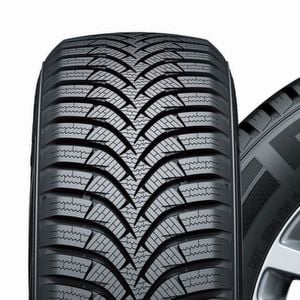Last Updated on 06.08.2024 by hrushetskyy
Are Used Tires Okay To Buy? Ways To Reuse And Check Old Tires
Before we answer if used tires are okay to buy, let’s talk first about the market.
As of last year, car enthusiasts and consumers of the used tire market were using almost 250 million of the scrap tires generated every year. This accounts for almost 81% of the total used tires consuming population, according to the Environmental Protection Agency.
Specifically, 45% of these scrapped tires were utilized as fuel, 19.5% were recycled or used for engineering projects, the remaining volume was converted to ground rubber recycled products, exported, punched, or used in agricultural industry.
According to the Rubber Manufacturers Association, 17 million of these scrap tires are retreaded. After retreading, almost 300 million scrap tires are created. About10% of these or around 30 million scrap tires are being sent to monofills and landfills.
Furthermore, an ample amount of these scrap tires is being exported to other countries where these are also submitted to retreading. Most of the countries these tires are sent to are Mexico and Japan because of the surge in the number of automobile drivers and owners in those areas.
In a report released by the National Association of Tire Distributors in Mexico, it was highlighted that almost 25% of the tires being sold in Mexico were imported from the United States. It was then subjected to retreading so that it can be reused.
Aside from Mexico and Japan, there are also other countries that import tires for shredding and conversion to crumb rubber or to be used as fuel. Unfortunately, though, not all exported tires are recycled. The adverse effect of importing scrap tires is that the importing country may suffer from having too much scrap stashed on their junkyards or landfills.
Where can I sell my used tires?

Depending on your location, there are quite a number of companies buying used tires. These companies may have varied standards, requirements, and buying conditions so it would be best to contact these companies one by one. Compare their buying conditions and see which applies favorably to you.
You can also post photos and information about your used tires in Craigslists and SellMyTires website. These link sellers to buyers so the entire process is easier and convenient.
Lastly, you can also make money for your used tires by arranging old tire pick-up service with companies who wish to send their stash of old tires to recycling facilities. If you charge $3 per tire as pick-up rate, and the recycling facilities ask you to pay $1 per tire recycled, you can earn $2 per tire.
Is it okay to sell used tires?
In the United States where almost 250 million scrap tires are generated per year, it is highly encouraged to sell used tires. These tires are usually being retreated to be reused, thus eliminating a larger volume of waste, a condition favorable to any country/nation.
Why should we take buying used tires seriously?
Most people, if given a choice, would always prefer the cheaper alternative. In the matter of buying new tires over purchasing a slightly-used one, most people opt for the latter considering the fact that changing tires is always expensive. So, is this a good method to save cash?
Some would argue that safety should never be compromised and that when it comes to your family and loved ones, it’s better to spend than end up being sorry later. This, of course, is a very valid point.
However, this argument also misses another good point — not all used tires are of bad quality. Not all reused tires are dilapidated. As a matter of fact, you can find used tires of really good quality from sellers who are quite strict and particular with the quality of used tires they sell. As you browse through our selection of Hercules tires, you may notice that commonly used tires are in good condition.
On a scale of 1 to 10, with 10 being the highest (likelihood), what’s the likelihood of these used tires of being unsafe?
The truth of the matter is since no one is really sure about the safety or unsafety nature of used tires, people typically err on the side of caution.
Tire’s history versus company’s strict buying conditions
Tires age and degrade in the course of time. Even unused spare tires may be past their prime if they remain unused. These are also unsafe to drive. The point of most people and car enthusiasts in not buying used tires is because you can’t really be sure about their history.
They further argue that with new tires you can be sure that they’ve never been used, so it’s really safe to attach them to your vehicles.
This is not entirely true though. As a matter of fact, companies which buy and sell used tires are quite very strict and particular with the kind of rubber they buy.
- There are companies who specify that they will only buy used tires which are still in good condition, meaning, the tires are not slashed, damaged, or broken.
- There are also some companies that require specific brands like BF Goodrich, Firestone, Michelin, Yokohama, Cooper, and Goodyear.
- Also, some only buy used tires with capable casings and must be regroovable.
Despite the differences in their individual standards, they are unified in their demand for good quality tires, in good condition, and most probably only within the A to C grade on the tire rating scale.
How do used tires company grade the tires they buy?
As stated above, most of these companies have individual standards and buying conditions. However, it’s the used tire grading standard that most of them refer to.
- The highest on the scale is A+, which means that the tire just arrived from the factory, was unused, and was never attached to any vehicle.
- Next to A+ is the rating A, which means that the tire is somewhat inferior in quality than that of an A+ tire, and might have been mounted to a vehicle but only slightly used.
- After the A rating, we have A- which means that the tire is still in very good shape, though it has minimal surface scratches. These scratches should not be visible when checked from afar.
- Now on to the B category. The first rating under the B tire category is B+ which means that the tire has very minimal curb scratches and that these scratches are not observable from a short distance.
- Next to B+ is the rating B which applies to tires that are slightly and have observable minor scratches resulting from regular usage. It is important that tires under this category have a nice-looking finish.
- The B- rating is applicable to tires which have insignificant curb scratches and slightly noticeable coating issues.
- The last in the used tire rating scale is C which means that the tire has a noticeable surface problem but is not cleft or bent.
Earn some money and help save the environment
There are two main reasons why people buy used tires. First, they want to save money and second, they want to help save the environment.
How do we save money by using used tires?
If you’re buying used tires instead of a new one for your car or truck, then you are automatically saving almost 50% of your money. Brand new tires are expensive. Buying one, especially in emergency cases, will take a toll on the car owner’s finances.
How do we help save the environment when buying used tires?

Buying used tires is actually the perfect example of recycling. Instead of stashing these tires and throwing them into the junkyards and landfills, you help utilize them again and give them a new sense of purpose. The act of reusing frees landfills all over the state from toxic garbage.
In these both cases, we can say that the benefits outweigh the risks.
Reasons why some used tires are still in great condition
To set proper expectations, there will only be 40 to 75% of tread left when you buy a used tire. Though smaller, this volume of tread is more than enough to give you a sizable mileage. Totally worth your money!
Here are few of the reasons why used tires can remain in tip-top shape:
- The car owner followed the advice of his car manufacturer to get new tires before leaving the old ones totally worn out.
- Aside from car manufacturers, people at the car repair shops often suggest to the car owner to change tires prematurely. The reason for this is basic — first, they earn a disposal fee for the old tires they get to keep, and second, they can profit from selling the old tires again.
- Millions of tires are removed from cars involved in accidents. They only resell those which are still in good condition and leave the damaged ones.
- There are also used tires collected from flooded areas as flood rarely damage the tires. These can be reused and resold.
As a general rule, you can still make use of a tire which has 50% tread left. Just make sure that you know how to inspect and assess these tires. If not, it’s time to ask for an expert advice.
What should you look for when buying used tires?
It’s settled. Used tires are okay to buy.

You just have to have the right knowledge on how to spot the good ones. Here are the things you need to check before you decide to buy a used tire.
- Determine how old the tire is. This information is available upon checking the last four digit of the DOT. The first two digits stand for the week of manufacture. The last two digits speak of the year of manufacture. In this case, if what you see is 2383, this means that the tire was manufactured on the 23rd week of the year 1983. Most manufacturers are in unison in saying that six years of usage would lead to rubber breaking and drying. On the 7th year of frequent usage, the tire will deteriorate. According to the US Department of Transportation, 10 years is the maximum age for a working tire.
- Scrutinize and examine the depth of the tread. This can be easily done by inserting a coin into the tread. If you see Lincoln’s whole head, this simply means that the tire is totally worn out.
- Check the Uniform Tire Quality Grade Standards (UTQG). The UTQG rating will best help you determine how fast the tire will wear out. Smaller treadwear number means the faster the process. Tires with UTQG raging between 450 and 600 will last for a very long time but might lag behind in terms of performance. On the other hand, tires under UTQG 100 usually wear out faster.
- Check the tire’s history. Knowing how the vehicle/car was used by the previous owner would also tell you a lot about the condition of the tires. Also, you will be acquainted with the kind of weather condition the said tires were exposed to, and whether or not they were stored for a long time. All information you will get about the history of the tire will give you a deeper idea as to the status and condition of the tire.
- Search and be mindful of other signs of wear and tear. Check the tires properly. Look under and see if they are over inflated or imbalanced. Also look for exposed treadwear or cords. These will give you valuable hints on whether or not the tires are on the verge of breaking point.
- Search the sidewalls and beads. Look for cuts, cracks, cord exposure, or any other sign of wear and tear. If you feel humps and bumps on the tire sidewalls, this means that the belt has been separated. This will also give you a hint of an unnoticed and unseen internal damage. If the beads are chunking, that means your tires are not sealed correctly and appropriately. This might lead to very compromising and dangerous situations. Better check.
- Also, check for repairs. You need a good eye or an expert to assess the repairs done. If there are improper repairs, the good quality of the tire might just be temporary. Be very careful with this one.

